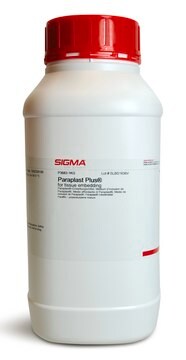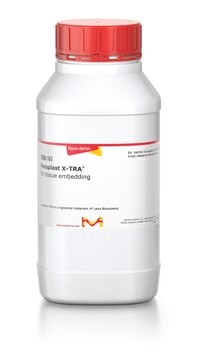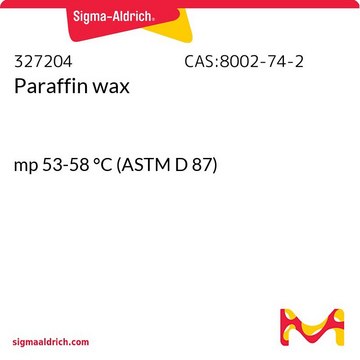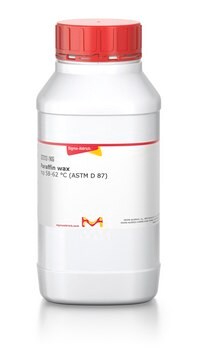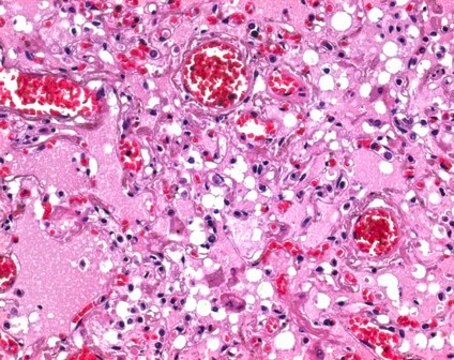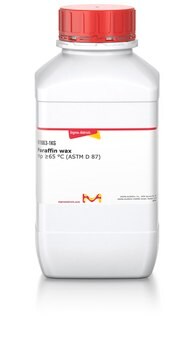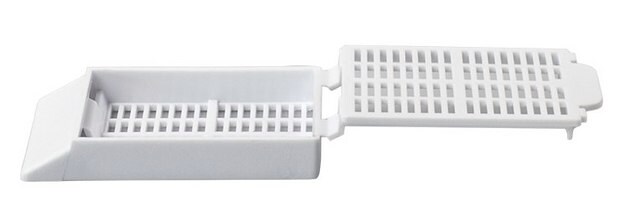P3558
Paraplast®
for tissue embedding
Synonym(s):
Paraffin – polyisobutylene mixture
About This Item
Recommended Products
Quality Level
form
solid
mp
56-57 °C (lit.)
56-57 °C
application(s)
hematology
histology
storage temp.
room temp
Looking for similar products? Visit Product Comparison Guide
Related Categories
General description
Application
- to screen major groups of vertebrates for the presence of cardiac smooth muscle and its phylogenetic distribution in terrestrial and aquatic turtles
- to study the relationship between membrane impedance and dendrite length of hippocampal neurons
- to compare the regenerative properties of human stem cells of the apical papilla as an alternative to other dental stem cells
Features and Benefits
- Minimal tissue compression.
- Produces wrinkle-free sections.
- Excellent ribbon continuity.
Other Notes
Legal Information
Storage Class Code
11 - Combustible Solids
WGK
WGK 3
Flash Point(F)
Not applicable
Flash Point(C)
Not applicable
Personal Protective Equipment
Certificates of Analysis (COA)
Search for Certificates of Analysis (COA) by entering the products Lot/Batch Number. Lot and Batch Numbers can be found on a product’s label following the words ‘Lot’ or ‘Batch’.
Already Own This Product?
Find documentation for the products that you have recently purchased in the Document Library.
Customers Also Viewed
or European diet with or without supplementation
of tributyrin and lactitol
in Invertebrates
Related Content
Three-dimensional (3D) printing of biological tissue is rapidly becoming an integral part of tissue engineering.
Our team of scientists has experience in all areas of research including Life Science, Material Science, Chemical Synthesis, Chromatography, Analytical and many others.
Contact Technical Service